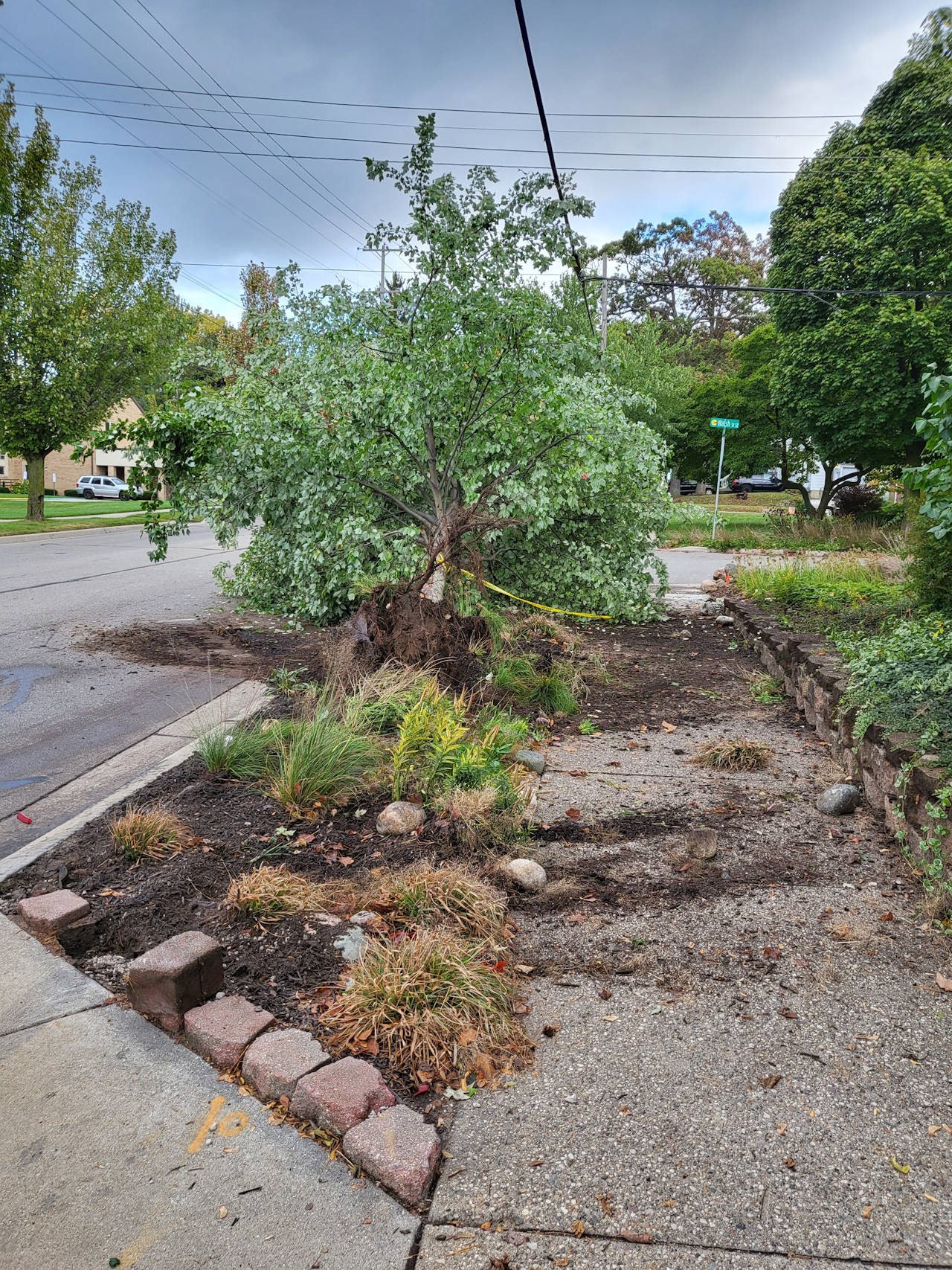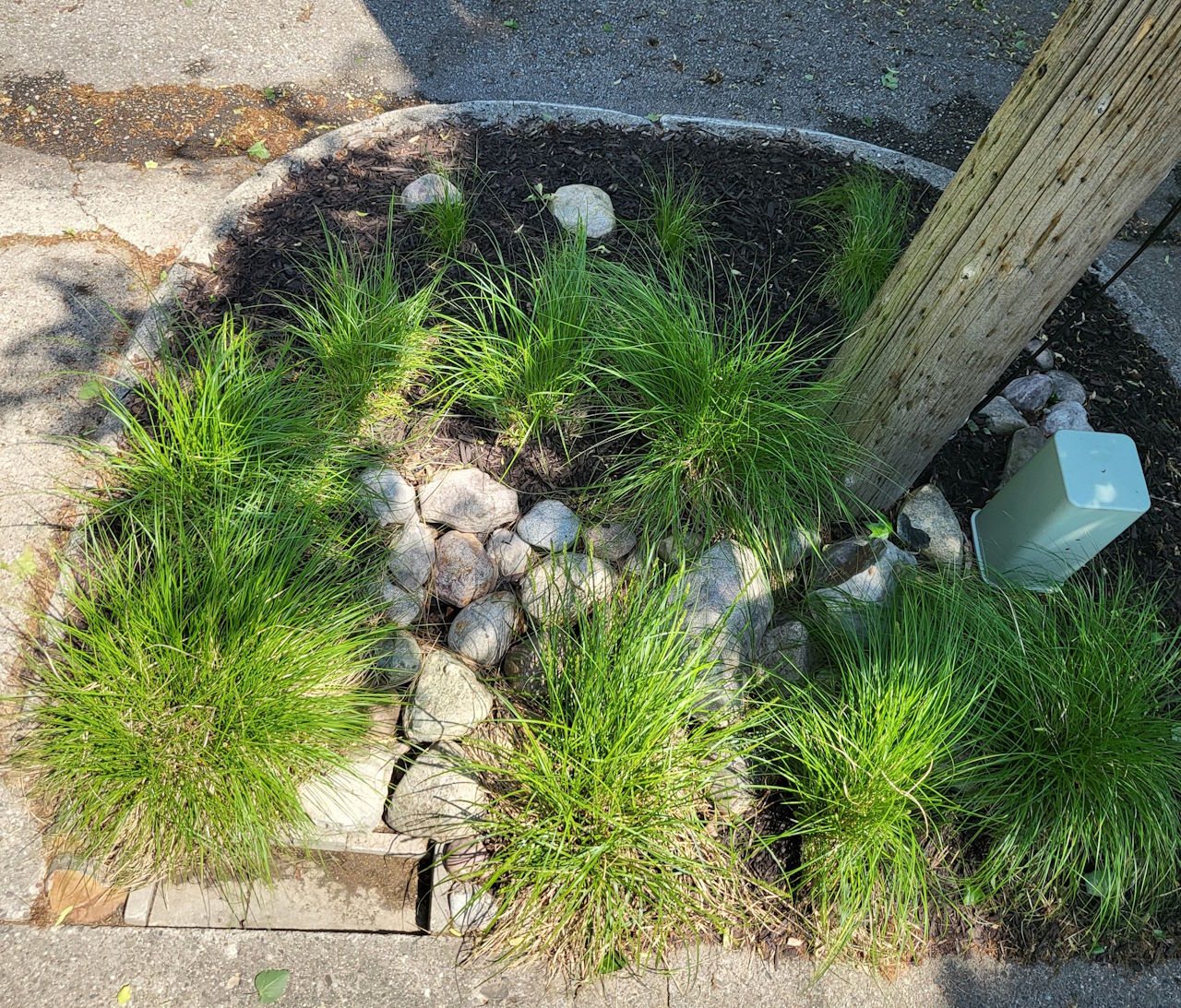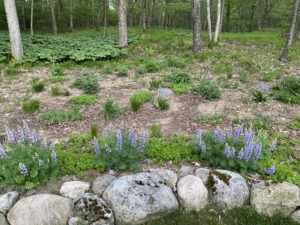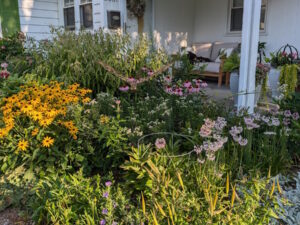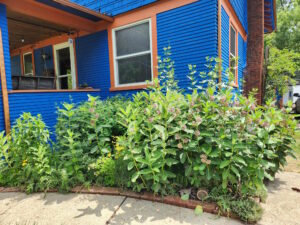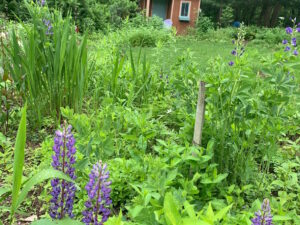A Plaster Creek Story
Plaster Creek takes on storm street water from Dutton and Caledonia through Grand Rapids to the Grand River. This is called the Plaster Creek watershed. This watershed is the natural habitat for many large and small animals including fish that depend on it for food, shelter, and safety. Portions of the watershed are still dense with life-sustaining plant life, native and invasive. Many desirable and pollinating insects seek food and breeding habitat along the creek’s watershed. Plaster Creek has been a place for water recreation and fishing.
However, polluted street water (with toxic bacteria, heavy metals, fine rubber fragments, spill-over fertilizers, insecticides, herbicides, and the like) that wash into street basins have resulted in Plaster Creek becoming West Michigan’s most polluted waterway. Drinking, playing in, or eating fish from Plaster Creek have become life-threatening activities.
The good news: The situation is improving thanks to the initiatives of many volunteers, property owners, city partnership-friendly policies, and the Plaster Creek Stewards. The multi-level strategy of community education, trash pick-up, native plant restoration and rain gardens is making the difference. Plaster Creek is getting healthier.
The “Curbside Rainscaping in Alger Heights” provides examples of how other homeowners are or could become players in the solution. By transitioning curbside lawns to street water absorbing, curbside gardens that never need mowing, require little if any watering, are self-mulching, attract pollinator insects and beautiful butterflies, and take in and safely filter down polluted street water, Plaster Creek is spared the toxic burden.
A Native Plant Story
When out in the woods to bowhunt for whitetail deer, I quietly enter nature, blend in, and sit for hours. I learned to notice and take in the native beauty of plants, trees, rocks and animals. Something inside me calms, like a quiet healing of body and soul. As I learned about the ecological benefits of rain gardens in urban settings, I realized that the calming beauty of plants and rocks that I experience in the woods could be brought home. In contrast to trying to sustain and maintain lawn plants in a high-traffic and harsh environment with expensive unnatural means, let alone risking harm trying to mow at an arm-length distance from dense, high velocity auto traffic, I could have a bit of nature with less work and maintenance expense.
Native plants like the ones in these gardens have deep roots that loosen the soil, helping rain water soak in instead of running down the storm drains into Plaster Creek. They also provide life sustaining habitats for birds and insects. On occasion deer will rummage for a tasty morsel, and the native plants do not seem to mind because they just grow out another “arm” without any negative effect. These habitats are busy with pollinators throughout the growing season. Painted Lady, Black Swallowtail, and Monarch Butterflies bestow their approval by showing up each year and choosing the real estate for their generations to hatch. Birds seem to play here more since seeds, worms, and insects are easily found. Pedestrians express approval and appreciation for the beauty when I am out to occasionally clean out the garden sediment traps. The rain garden and its curb appeal lend quality and value to my urban home.
Plaster Creek Stewards gave me permission to share their list of native plants that are typically planted in local curb-cut rain gardens. Feel free to download and even print it for your own personal use.
A Non-Expert Gardener Story
I make no claim to having an expert ability or knowledge for garden work. My childhood was in New York City. Apart from Central Park, the only plants that graced my environment were weeds growing in sidewalk cracks. I say this because I give credit to the native plants that seem to know what to do with hardly any help from me. My contributions can be summed up in five ways: picking out any trash, some weeding, occasional watering in drought seasons, cleaning out the sediment traps, and advocating for garden repairs when traffic accidents or utility companies damage the landscape.
A Plaster Creek Stewards Story
Plaster Creek Stewards is a collaborative of Calvin University, community partners, and property owners that focus on education, research, native plant propagation, and restoration for a healthy and beautiful Plaster Creek Watershed.
Plaster Creek Stewards help install curb-cut rain gardens within downstream urban neighborhoods that have sandy soil substrates. For detailed information about rainscaping anywhere you live or to apply for a curb-side rain garden with the Plaster Creek Stewards should you live in the watershed, visit their website here.
As a home owner and guardian of several rain gardens, if it were not for the help and support of the Plaster Creek Stewards, I would still be cursing the ground of mediocre lawn grass and ignorant of what was going on around me in the Plaster Creek watershed.
A Partnership Story
I had neither the time, the equipment, nor the know-how to do all this work. Finding a beautiful alternative to unsustainable turfgrass along the curb-side locations on my property was my chief objective. I learned about curb-cut rain gardens and their ecological good of lightening the toxic, watershed burden, of filtering street water down into the underground aquifer, and of providing a vibrant native habitat. But I did not have the means on my own to transition a flat urban landscape into sculptured native beauty. This is where Plaster Creek Stewards and the Grand Rapids City departments of Public Services, Parks and Recreation, and Forestry partnered with me as home owner to make “Curbside Rainscaping in Alger Heights” happen. I provide the routine maintenance labor and they provided the material and know-how.
Eastern Avenue is a challenging location. I can deal with the occasional trash, weeds, and seasonal care, but car crash and utility service dig damages are beyond my labor and cost means. The partnership with these city and non-profit entities helps keep the “Curbside Rainscaping in Alger Heights” a viable and beautiful player in the service of environmental goodness.



